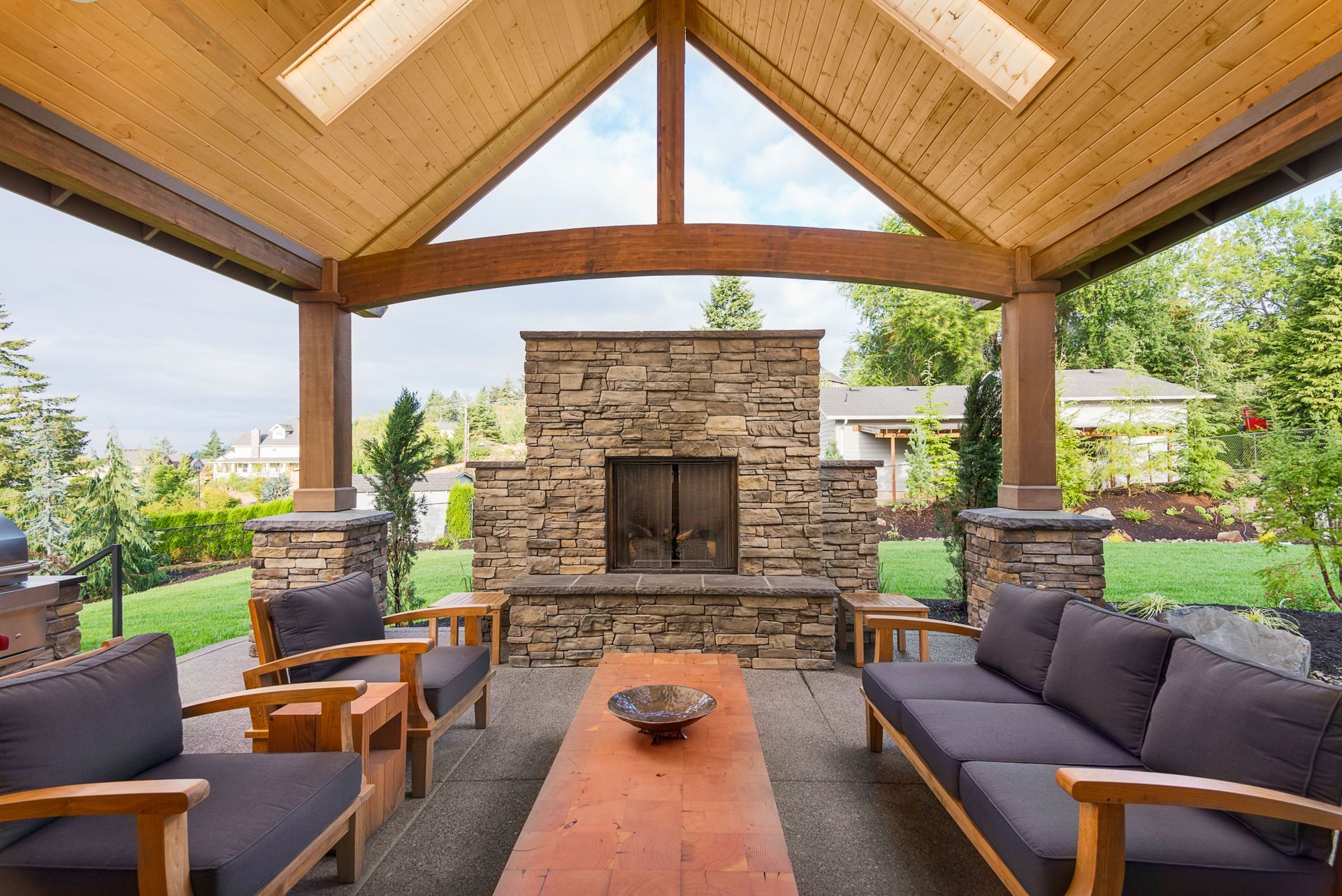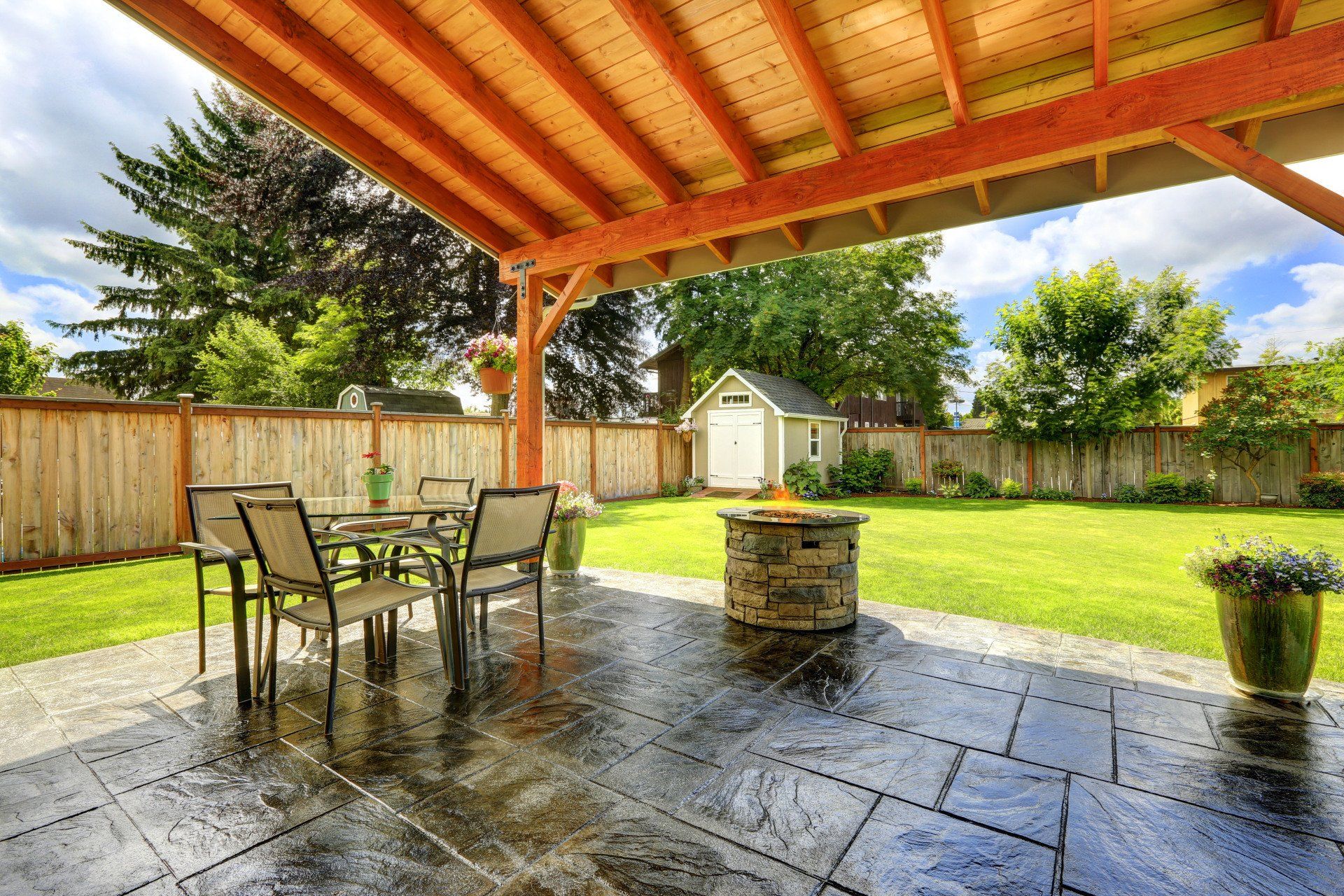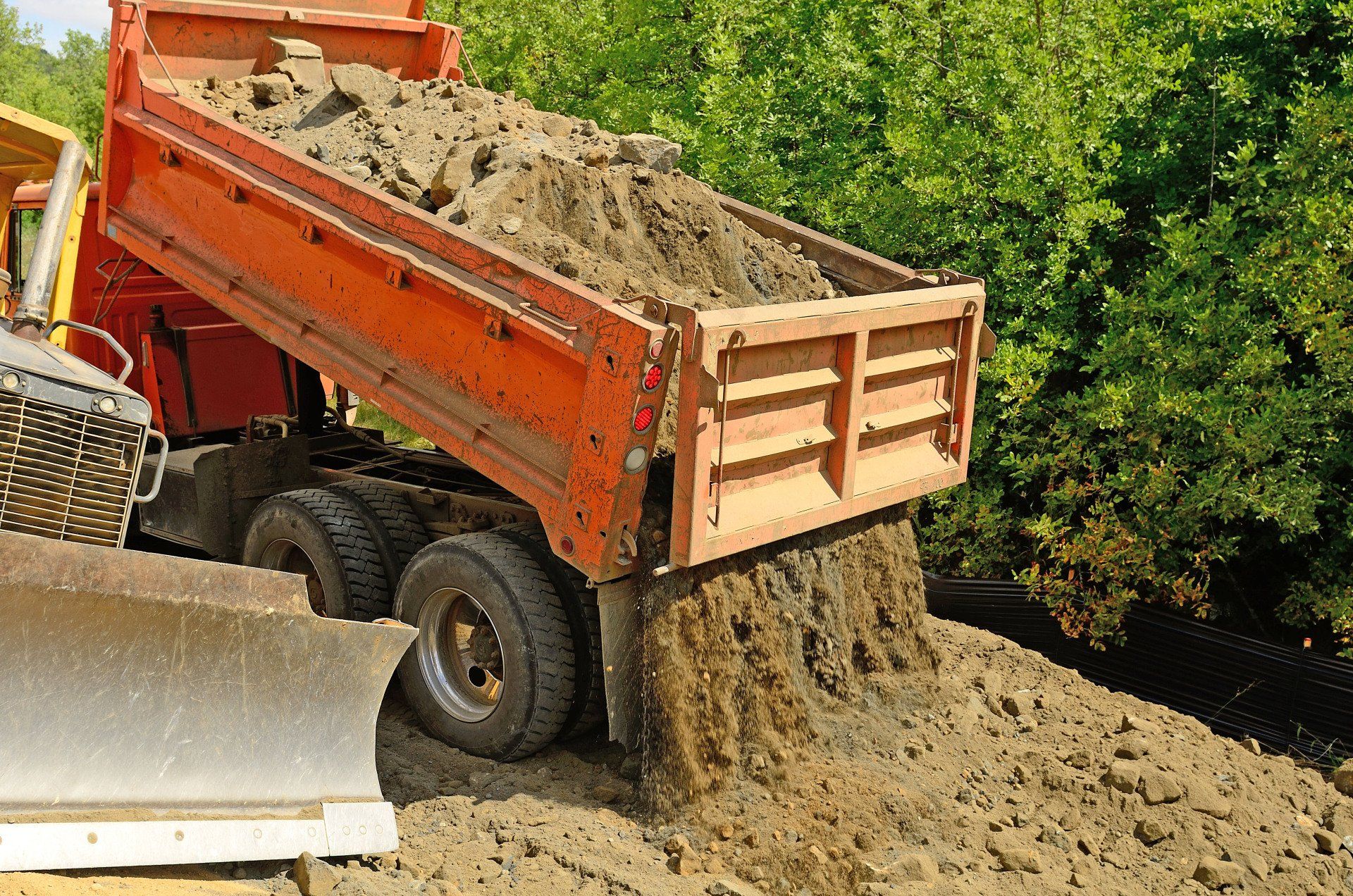5 Signs That It's Time for Patio Repair
Have you been enjoying the benefits of outdoor spaces like patios? If you don't have one, you should know that your property's value can rise by up to 12% with the addition of an outdoor living area, according to Supermoney. Still, even the toughest and most robust outdoor structures can yield to the elements, resulting in cracked flooring, mildew, broken nails, and other annoying patio problems. As frustrating as these problems might be, most of them can be rectified if identified early on. Here are five signs that it's time for patio repair.
1. Visible Damage
Inspect your deck for signs of rotten wood, broken nails, splintered wood, and warping. Depending on the extent of the damage, you may only need to replace a few nails to fix your deck. Promptly repair any boards that are showing signs of damage. However, if the damage is significant, you can also consider rebuilding the deck entirely with a patio contractor.
2. Algae, Mildew, and Mold
Algae, mildew, and mold are common issues for most decking materials, including traditional and composite wood decking. You may be tempted to ignore that small patch of mold on your deck, but there are valid reasons why you shouldn't. According to the Centers for Disease Control and Prevention, mold can easily make its way into your home by clinging onto clothing, bags, and animals.
3. Uneven Surfaces
If you find that you can't get a ball to stop rolling off of your patio, it probably has a bit of a tilt. This could be the result of your concrete contractor's poor planning. They may not have done a proper job of preparing the site, or perhaps they added too much water to the concrete mix. Foundation shifting or tree root growth could also be to blame. In any case, your best bet is to call in a professional to resolve the issue.
4. Pests
Should you notice pests on your patio, contacting a pest control company may not be the best approach. A patio repair company would be more appropriate. While certain pests may damage the concrete patio itself, others damage the ground that supports it. Your patio will start to sink as a result, which will weaken its stability. Make sure you get a reliable service to check as soon as possible.
5. Cracks
Cracks are among the most visible signs of patio damage. They allow dirt, pests, and moisture to enter the patio's structure. As the cracks become more extensive, the structural integrity of the patio will significantly be compromised. You can avoid more extensive and expensive repairs by taking care of the cracks as soon as they appear.
If these warning signs are eerily familiar, it may be time to call in a professional patio repair company. Your patio should be a wonderful outdoor relaxation spot, not a danger zone. Give us a call at Stonescape Outdoors LLC today to get started.





Share On: